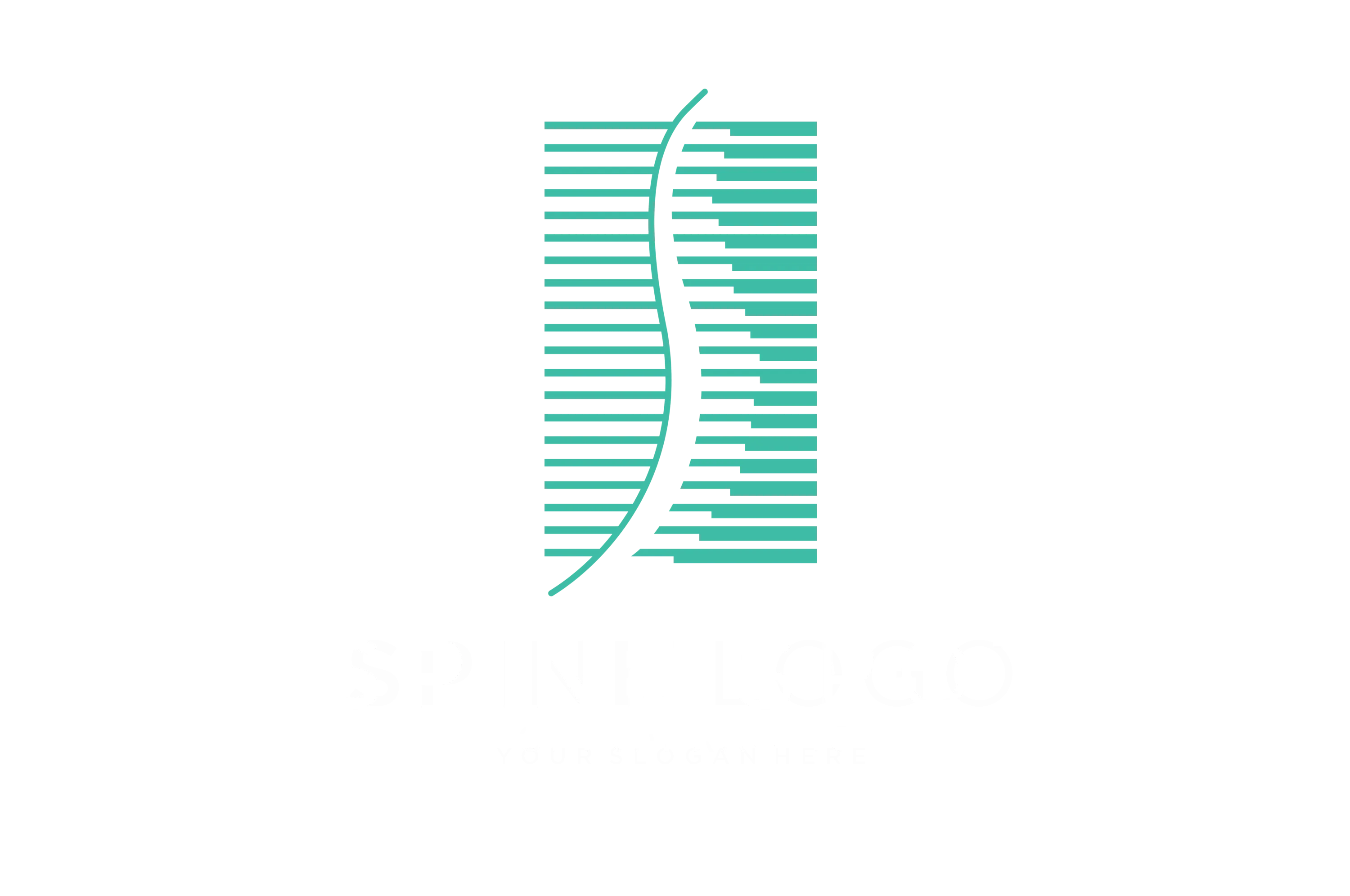
Electrical Muscle Stimulation
Electrical myostimulation (EMS), a technique frequently used in physical therapy and fitness training, employs an ems device to stimulate muscle contraction. This article aims to provide a comprehensive understanding of electrical muscle stimulators, their effect on electrical muscle stimulation, and its applications in physical therapy and role in building skeletal muscle.
What is Electrical Muscle Stimulation?
Understanding the concept of electrical muscle stimulators and their role in muscle stimulation is crucial to appreciate their applications in areas like exercise training. In essence, it involves the use of electrical stimulation to evoke muscle contractions. The effect of electrical muscle stimulation can be achieved through various devices, like an ems device, that deliver controlled electrical currents to specific muscle groups like the quadriceps muscle.
How does electrical muscle stimulation work?
When a muscle stimulator applies electrical current to the quadriceps muscle, it triggers the nerves responsible for muscle contraction, consequently activating muscle fibers. The muscle stimulator process mimics the natural mechanism of muscle activation through the central nervous system, ultimately resulting in the contraction and relaxation of the quadriceps muscle.
Applications in physical therapy
Electrical muscle stimulation plays a vital role in physical therapy for patients with muscle weakness, injury, or atrophy. A muscle stimulator, such as an EMS device, can be used to improve muscle strength, enhance quadriceps muscle function, and aid in muscle recovery.
Benefits of Electrical Muscle Stimulation
The use of electrical muscle stimulation offers various benefits, including the improvement in muscle strength, the enhancement of muscle function, and the potential to increase muscle mass. Additionally, it can be utilized for neuromuscular electrical stimulation and transcutaneous electrical nerve stimulation, catering to different therapeutic needs.
Improvement in muscle strength
Through targeted electrical stimulation from an EMS device, muscles can be strengthened, leading to improved overall muscle function and performance in daily activities.
Effects on muscle function
Electrical muscle stimulators can positively impact skeletal muscle function by promoting muscle activation and reducing muscle atrophy, which is particularly beneficial for individuals with impaired muscle function.
Neuromuscular electrical stimulation vs. transcutaneous electrical nerve stimulation
Neuromuscular electrical stimulation and transcutaneous electrical nerve stimulation offer different approaches to electrical muscle stimulation, catering to specific rehabilitation and therapeutic requirements.
Effectiveness of Electrical Muscle Stimulation
The effectiveness of electrical muscle stimulation has been extensively studied, with systematic reviews providing valuable insights into its impact on muscle activation, contraction, and its role in muscle recovery and growth.
Summary of systematic review findings
Systematic reviews and randomized controlled trials have demonstrated the efficacy of muscle stimulators in enhancing muscle contraction, reducing muscle atrophy, and contributing to muscle strength and power gains.
Application in muscle activation
Muscle stimulator methods like electrical muscle stimulation have shown promising results in activating muscle fibers, particularly in individuals with compromised muscle activation due to injury or disuse.
Enhancing muscle contraction with electrical stimulation
Through the targeted application of electrical current, muscle contraction can be maximized, leading to improved muscle function and reduced muscle atrophy.
How is Electrical Muscle Stimulation Used in Physical Therapy?
Physical therapists employ electrical muscle stimulation for various rehabilitation purposes, utilizing specific electrode placements and techniques to target affected muscle groups and optimize therapeutic outcomes.
Utilizing electrical muscle stimulation for rehabilitation
In physical therapy, the use of a muscle stimulator such as electrical muscle stimulation is effectively used to rehabilitate weakened or injured skeletal muscles, thus promoting muscle activation, strength, and function.
Electrode placements and techniques
The strategic placement of electrodes and the application of specific techniques play a crucial role in ensuring the targeted and effective delivery of electrical muscle stimulation to the desired muscle groups.
Key considerations in using electrical muscle stimulation
Physical therapists need to consider various factors such as the intensity of stimulation, individual tolerance, and the integration of electrical muscle stimulation within a comprehensive rehabilitation program to maximize therapeutic benefits.
Building Muscle with Electrical Stimulation
Electric muscle stimulators hold the potential to aid in muscle building and hypertrophy through their effect on muscle fiber recruitment, contraction, and the overall enhancement of skeletal muscle function.
Effect on muscle fiber recruitment
By effectively recruiting muscle fibers, electrical muscle stimulation contributes to optimized muscle activation, promoting muscle growth and strength gains.
Maximizing muscle contraction for muscle hypertrophy
Through its targeted approach, electrical muscle stimulation can contribute to muscle hypertrophy by maximizing muscle contraction, thereby enhancing muscle mass and strength.
Understanding the impact on muscle recovery and growth
For individuals engaging in strength training or exercise programs, the integration of electrical muscle stimulation can aid in muscle recovery, growth, and the overall improvement in muscle strength and power.
How Does Electrical Muscle Stimulation Work?
This treatment is performed here in our office, and usually only takes a few minutes. Electrodes are placed on the skin over the affected area, and the machine is turned on. An electrical current is then transmitted into the soft tissue or muscle. The level of current used depends on the injury, its location, and how deep the therapy will be. This electrical current causes the muscles to experience very small but quick contractions. During the treatment, patients may feel a prickly or tingling sensation; however, these sensations will subside after the machine is turned off, or shortly afterward. Many patients enjoy the sensation.
Electrical muscle stimulation creates tiny contractions in the muscles so they become tired and relax, relieving pain and muscle spasms. In addition, it triggers the release of endorphins, which are our body’s natural pain reliever. The process is also said to clear metabolic waste so nutrients can be better delivered and soft tissue can heal more quickly.
Back muscles and neck muscles are common locations for EMS; however, there are many areas of the body that can experience the benefits of this treatment.
Electrical muscle stimulation works well for both acute and chronic pain. If you have been struggling with pain or have recently suffered an injury, ask your chiropractor if electrical muscle stimulation is right for you.
More Chiropractic Techniques and Physiotherapies
- Electrical Muscle stimulation
- Spinal Decompression
- Spinal Manipulation/Adjustment
- Therapeutic Ultrasound

